Autonomous delivery robots join the fight against the #coronavirus epidemic in Wuhan, China.
Category: biotech/medical – Page 2,389

Could the Coronavirus make China Stronger than Ever? 10 Trends that Indicate it Will
Every crisis is an opportunity. With everyone staying home, this is the perfect opportunity for e-commerce, e-learning, online jobs, and big tech to expand. This is the beginning of a huge tech revolution. 2020 will be the techade (technology decade).
The virus is hitting China’s economy hard, but this is likely only temporary. China’s immune system is fighting back — building hospitals in record time, completely locking down a city and most importantly the entire nation uniting as one voice of support and solidarity.
Mario Cavolo called out the global response to the Coronavirus in his post “Something’s not right here folks” which originally went viral on LinkedIn and then subsequently all over Chinese social media. He compares the media response to Coronavirus with the H1N1 outbreak in the US, saying, “it’s not a conspiracy, it’s just a tragedy,” and “this vicious, political, xenophobic racist attacks and smearing of all things China needs to stop.”
What doesn’t break you only makes you stronger, and the Chinese people are resilient and will find ways to rise out of this crisis, likely coming back even stronger than before. How long that will take no-one yet knows, but the Chinese spirit is not even close to being broken, and we’ve seen how Chinese ingenuity in a time of crisis has led to entirely new operating models.
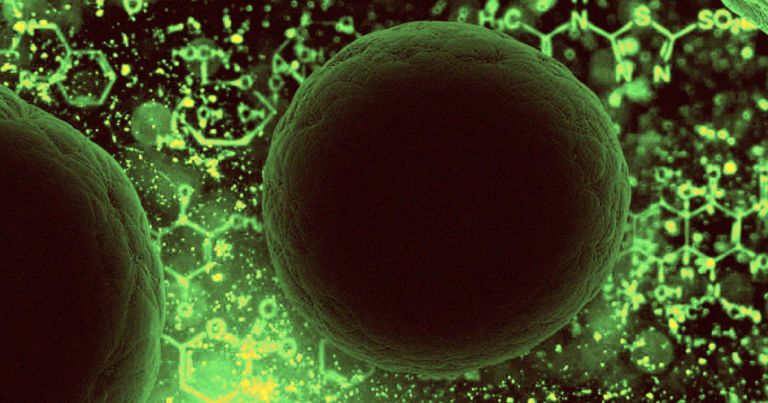
Interventions for pain: Finding connections at the surface
Like buoys bobbing on the ocean, many receptors float on the surface of a cell’s membrane with a part sticking above the water and another underwater, inside the cell’s cytoplasm. But for cells to function, these receptors must be docked at specific regions of the cell. Most research has focused on the ‘underwater’ portions. That’s where the cell’s molecular machines swarm and interact with a receptor’s underwater tails, with those interactions then fueling signals that dive deep into the nucleus, changing the cell’s course.
New work by a team of Thomas Jefferson University researchers reveals new activity above the surface, in brain-cell receptors that govern learning and chronic pain. In the study, the authors show that the ‘above water’ portion of proteins can help dock the proteins at synapses, where neurons mediate flow of information throughout the brain. This discovery opens the possibility of using this docking site as a target to develop treatments for chronic pain and other diseases more effectively. The study was published January 29th in Nature Communications.
“The extracellular spaces — the parts ‘above the water’ — have been largely overlooked,” says senior author Matthew Dalva, PhD, professor and vice chair of the Department of Neuroscience and director of the Jefferson Synaptic Biology Center in the Vickie & Jack Institute for Neuroscience — Jefferson Health. Dr. Dalva and his team looked at the NMDAR receptor on brain cells and pinpointed the spot where this receptor interacts with a neighbor to initiate signaling. “When trying to develop new therapy, finding the bullseye is half the problem,” says Dr. Dalva.

Neuroprosthetics: Medicine of the future
Neuroprosthesis is the process of using direct electric stimulation to enable proper functioning of the nervous system. Neuroprosthetic devices supplements the input or the output signals to the neural system, enabling the individual to carry out proper functioning and physical activities. Some of the purposes which involve the use of neuroprosthetics include, techniques for bladder and bowel control, deep brain stimulation, and restoration of mobility and respiration to paralyzed individuals.
Get PDF sample copy of study @ http://bit.ly/39hTnku
Brain disorders exhibits a considerable social and economic burden in Europe. According to WHO survey, brain disorders are responsible for 35% of Europe’s total disease burden. This burden is increasing due to increasing number of aging population in Europe, and requires a considerable attention to address the treatment issues as all the cases does not respond to medication therapy.
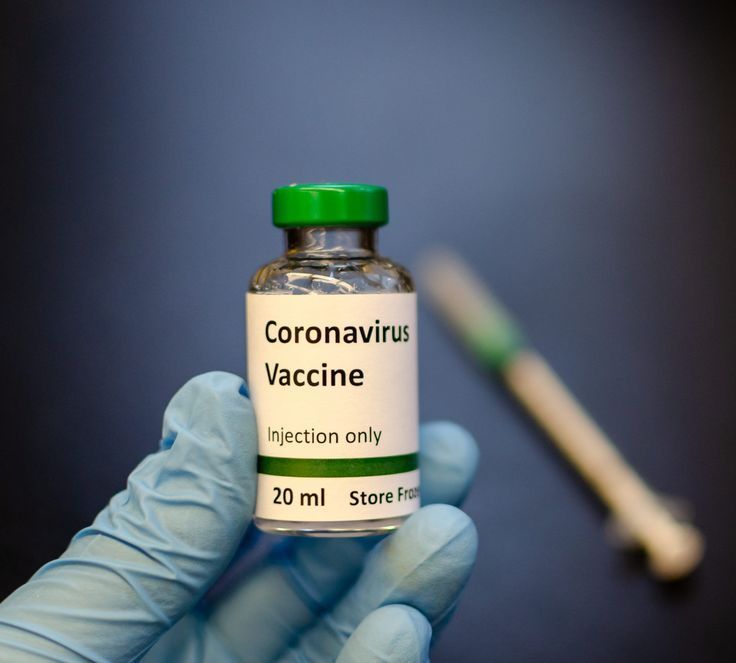
Utilizing Biopharma 4.0 to Boost Coronavirus 2019-nCoV Vaccine Efforts
Scientists are scrambling to develop a vaccine against coronavirus 2019-nCoV and plan to use advanced bioprocessing methods and techniques to accelerate production.
#coronavirus #vaccine #bioprocessing
At present there is no vaccine against the coronavirus However, various groups have started working on them, including Johnson & Johnson (J&J).
Sarah Smith, senior manager, communications & public affairs, EMEA at J&J’s Janssen unit, tells GEN that, “We began working on a vaccine two weeks ago, when the viral sequence became publicly available, and are hopeful that we can create a candidate vaccine for this virus and can start a Phase I clinical study within approximately 8–12 months. If necessary, we will work to scale up production of a suitable vaccine candidate in parallel. While it is possible that the virus could disappear relatively fast, we started the work quickly because we want to be prepared.”
Development and production will leverage Janssen’s AdVac vector technology and PER.C6 manufacturing platform, which were previously used to make an investigational Ebola vaccine, currently deployed in the Democratic Republic of the Congo and Rwanda. According to Smith, “We will use single-use technology in order to produce larger quantities of the vaccine on a flexible schedule at a later moment in time.” She also says that most manufacturing would be carried out in house, adding that “for fill/finish activities, we will utilize external CMOs.”
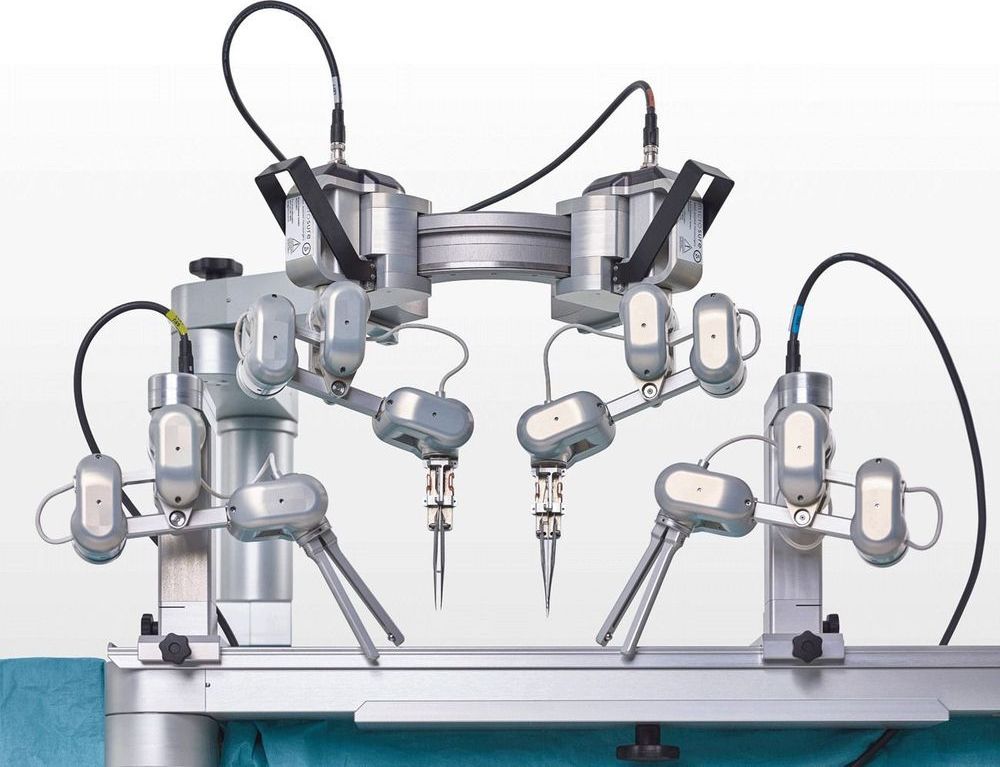
Robot completes first round of “supermicrosurgeries” on human patients
A highly precise form of reconstructive surgery, known as supermicrosurgery, seeks to connect ultra-thin blood and lymph vessels as a way of restoring them to healthy function. This requires a high level of expertise on part of the surgeons, but they may soon have a new robotic tool at their disposal called Musa, which has performed its first round of procedures with great success.
Supermicrosurgery is a relatively new medical technique that focuses on reconnecting vessels with diameters ranging from 0.3 mm to 0.8 mm. One of its primary applications is tackling lymphedema, which commonly occurs following breast cancer treatment and leads to swelling and localized fluid retention. Given the delicate nature of the process, only a small number of surgeons are currently capable of performing these operations.
Microsure is a Dutch startup spun out of Eindhoven University of Technology and Maastricht University Medical Centre, where researchers have been developing a robot to take on the task of supermicrosurgery. Called Musa, the robot is controlled by a surgeon, but translates their hand movements into more precise actions for a set of robotic hands.
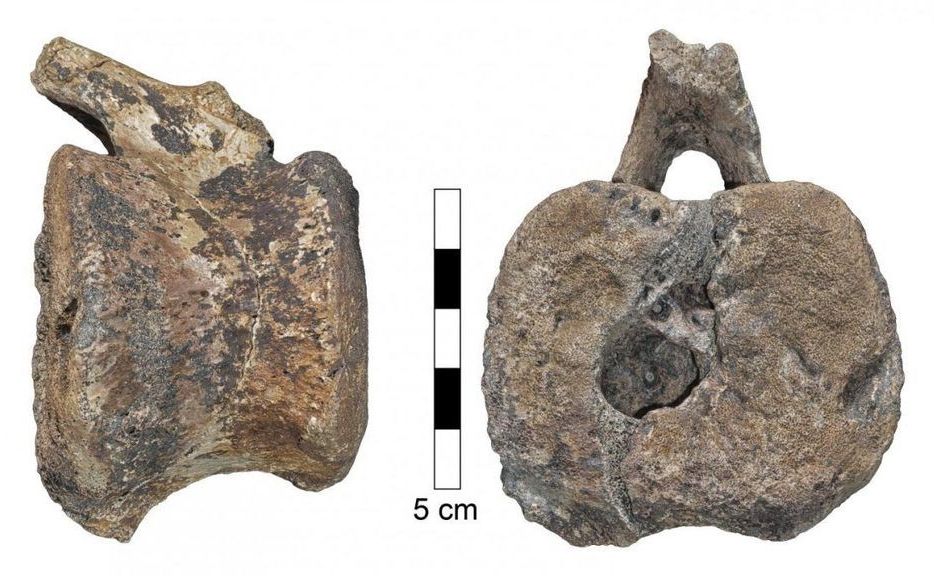
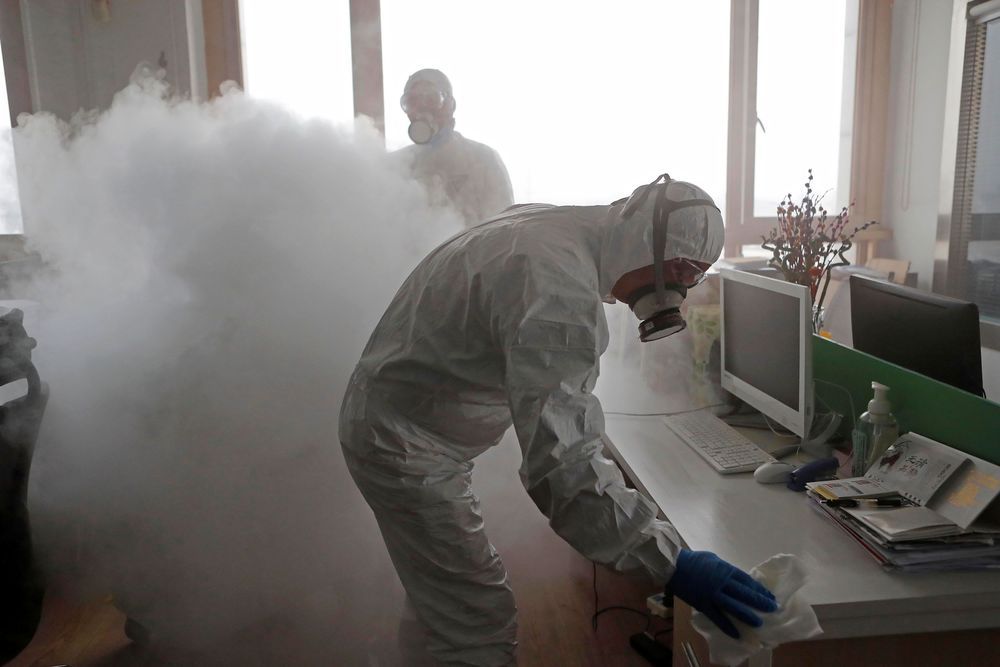
Top CDC official says US should prepare for coronavirus ‘to take a foothold’
The Centers for Disease Control and Prevention said Wednesday it is preparing for the new coronavirus, which has killed at least 1,115 and sickened more than 45,000 worldwide, to “take a foothold in the U.S.”
“At some point, we are likely to see community spread in the U.S. or in other countries,” Dr. Nancy Messonnier, director of the CDC’s National Center for Immunization and Respiratory Diseases, told reporters on a conference call. “This will trigger a change in our response strategy.”
